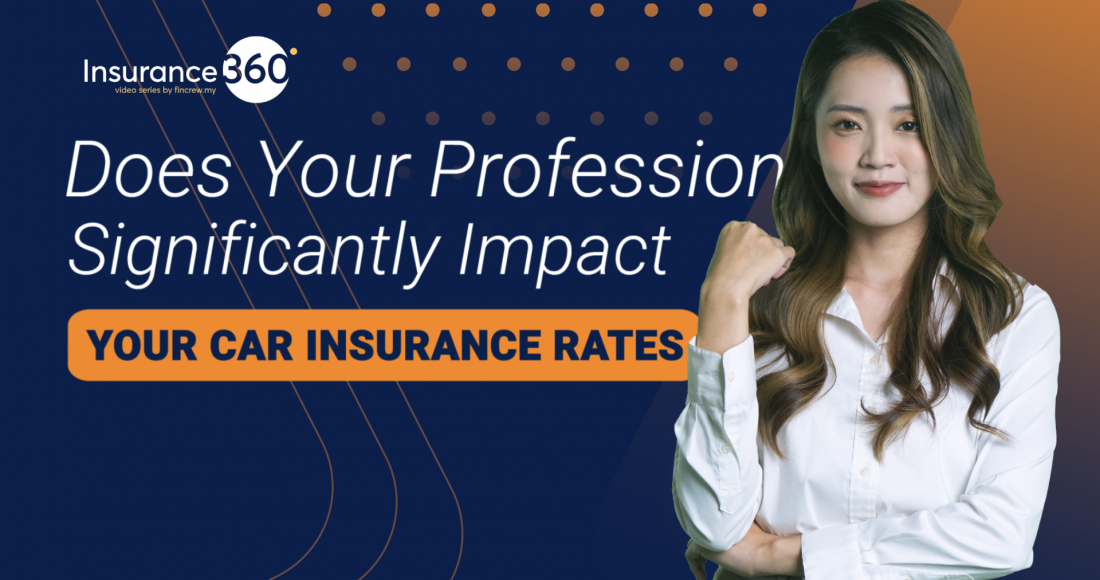It is no secret that factors like age and driving history greatly impact your car insurance rates. But are you aware that your profession also affects what you pay as a premium? Do you want to know what aspects of your occupation your insurer assesses before issuing you a quote? How do you find out if you have a “High Risk or Low-Risk Occupation”? The relevance of auto insurance to the vehicle owner only continues to increase as the years pass. As a result, more car owners need to do what they can to gain more knowledge on insurance.

Not only does the work you do influence your car insurance rates to varying degrees, where you also work critically. Insurers are always looking for more efficient ways to evaluate the liability that vehicle owners pose. One of the avenues through which they do this is through reviewing statistics. Through an increasingly scientific process, they try to evaluate the likelihood of having an accident based on various parameters.
- How does your job affect your sleep pattern?
- How far do you have to drive to your place of employment?
- What typical occupational behaviors come with your job?
By evaluating these occupational variables, insurance companies more accurately determine just how high or low to set your quotes. It is more so the case when you use your vehicle as a part of your occupation. If you travel with it for work often, don’t be surprised if the quote your insurance provider gives you falls a little on the high side. At its core, some significant factors that your insurer will look at about your occupation and employment conditions include;
- The stress levels it generates,
- What occupational training you have had, and
- How often your work necessitates travel.
As a result of looking through these parameters, auto insurance companies can offer vehicle owners who are pilots, scientists, teachers, nurses, and police officers lower auto insurance rates. In the same vein, many, but not all insurers consider vehicle owners who are lawyers, doctors, and business owners, among others, higher risk and so award higher premiums.





